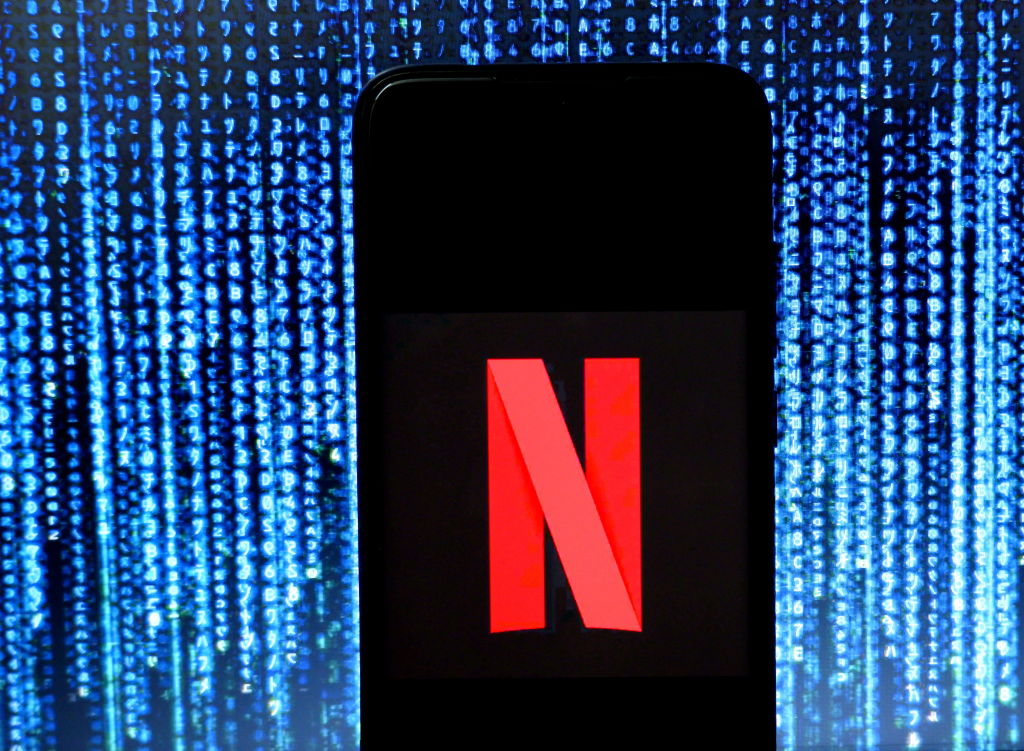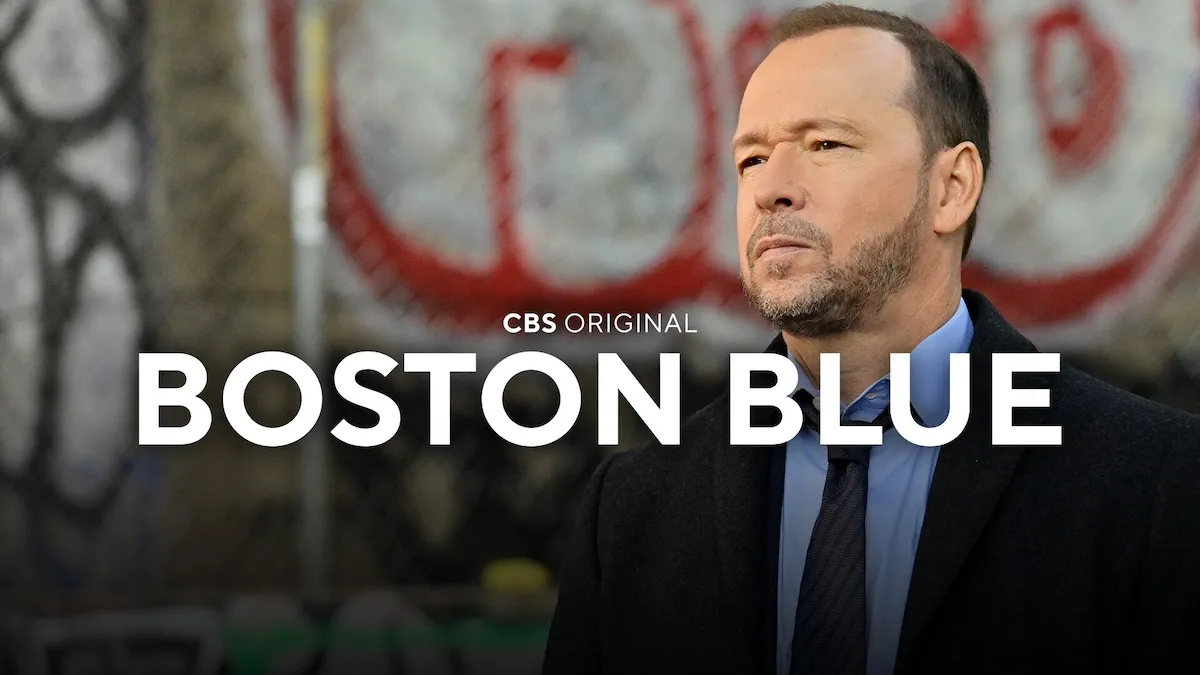It’s Not Your Imagination: Netflix Offers Way Fewer Movies than It Used to
Netflix has certainly come a long way since its early days as a DVD-by-mail service. Since launching its streaming service in 2010, the company has gone from a fledgling content creator to leading the future of the industry. What once started as a more convenient way to watch movies has become something entirely different.
In fact, the library of content on Netflix has shifted more dramatically than subscribers may realize. From a random assortment of mostly unrecognizable shows and movies to Stranger Things and The Irishman. Let’s track how Netflix has changed and why it’s bad news for movie fans.

A new era of streaming wars
Once upon a time, Netflix was the undisputed top dog of streaming services. But as the industry has changed, the company’s competitors have risen to the challenge. After all, the marketplace was bound to notice and imitate Netflix’s business model.
First, Hulu and Amazon Prime began to chip away at Netflix’s subscriber base, offering a library of licensed — and an increasing range of original — content. Then came Apple TV+ and Disney+. Both services launched in November 2019, the latter to extraordinary success. But — with NBC’s Peacock and WarnerMedia’s HBO Max coming in 2020 — things are about to get ugly.
To survive the mounting onslaught, Netflix will need to adjust to an entirely new marketplace for streaming services. The company is currently under fire, and the time to step up is now. But how does Netflix plan to stay competitive and keep subscribers?
Netflix turns to original content
The move so far? Loosening its grip on many licensed movies and shows. Netflix risks losing subscribers following the departure of shows like Friends and The Office. But the company has leaned into those blows by concentrating on developing its own original content.
You may have even noticed Netflix has been dropping a handful of new TV seasons, original films, and comedy specials just about every week. The reason behind this strategy is clear. After all, licensing other companies’ content is costly in its own right.
But Netflix retains full creative control of its own properties. Plus, it’s able to enjoy the accompanying financial success without having to share profits with third parties. Although Netflix can then take ownership of its own content, this approach has had an unfortunate side effect for subscribers.
A shrinking movie library
As Netflix has spent billions of dollars on original content, its library has shifted accordingly, according to a recent study. The streaming service actually dismantled and then rebuilt its TV offering this way, with 1,784 shows on there now as opposed to 1,197 in 2016. The big difference, however, lies on the movie side of things.
Over the past five years, Netflix’s movie library has plummeted 40 percent. Subscribers now have more than 2,600 fewer movies to choose from, with just 3,849 films now streaming. This number may still seem like a lot, but it’s clearly part of a downward spiral. And Netflix has been unable to replenish its movie selection quite as quickly as its TV library.
Perhaps Netflix’s subscriber base can sense the dwindling options available to them. That would explain why the company just lost subscribers for the first time in eight years. What comes next is anyone’s guess, but you can bet Netflix’s competitors are watching closely to see what becomes of the trailblazing streaming service.


